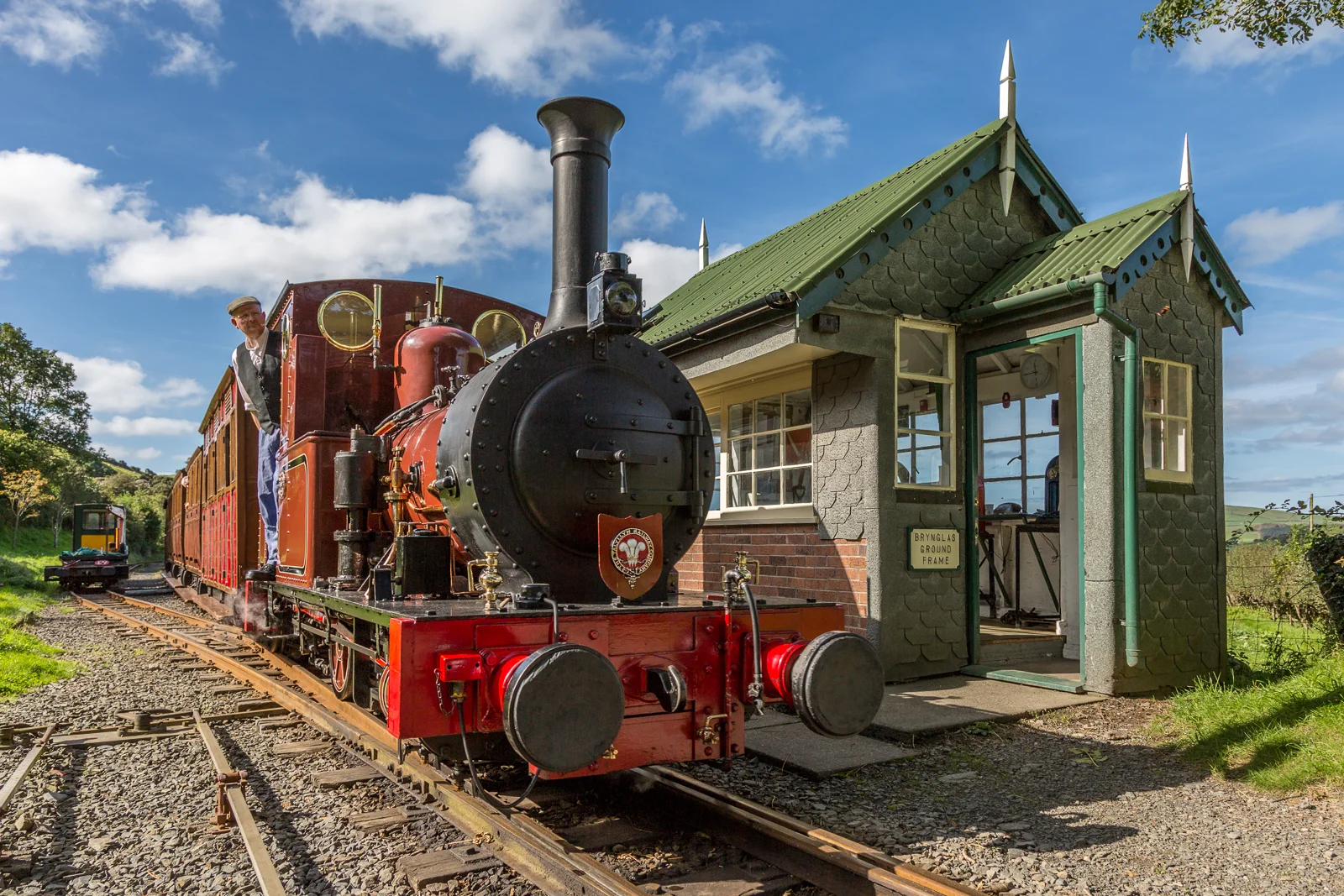June Editorial
A few months ago I received an email from Ian Drummond, the man who’s been leading the organisation of the Talyllyn 150 galas we’ve had over the past year. He was after ‘a big bang’ as part of the Road to Adventure Gala. More specifically, he wanted to carry out a re-enactment of when Tom Rolt set off the first blast up the extension that signalled the start of the work to upgrade the mineral line to Nant Gwernol to take passenger traffic.
As some of you were know, I have a slight reputation (along with several other volunteers) of dabbling in the world of pyrotechnics to provide the fireworks for the annual M&AC bonfire event. What Ian was asking for though was very different from your run-of-the-mill fireworks display. He wanted the blast to occur ‘around the corner’ off the east end of Abergynolwyn platform, to consist of ‘a bang and some smoke’ and to be set of remotely by Tim Rolt from somewhere around about the blockpost. Discussions were had about how this could be achieved and possible solutions ranged from having a fake button with someone lighting the relevant fireworks by hand to running an awful lot of cable down the platform and using electronic ignition.
In the end we decided to try something completely new for us: a wireless ignition system. This would allow Tim Rolt and the party to stand up to 100m away from the ‘blast’ site and would remove any problems caused by trailing cables. It would also allow us to test out this kind of system and decide if we could use it to upgrade the M&C bonfire display.
A risk assessment was produced, a plan written-up and the relevant equipment purchased. This consisted of a series of electronic igniters, a receiver box and a firing unit with a very long extendable aerial. A suitable area for the ‘blast’ was located (just behind the buffer stops of the siding at Abergynolwyn) and the appropriate type of fireworks identified. The main challenge with the event was the very short set-up time – an intensive 1970s service was planned for the day so there would only be a fifteen minute window to set up the fireworks, set up the firing system and carry out the blast.
With this in a mind a dry run of the blast was conducted early in the morning a month before the event. The remote firing system was set up and igniters with no fireworks used to check that everything worked correctly. It did.
On the day itself the risk of a torrential rain shower hung over Abergynolwyn to add an urgency to the procedings. About an hour before the special train arrived a final test was done of the remote firing set-up. This time nothing happened. A second attempt was made – again, nothing. Batteries were taken out and replaced, the circuits test and then a third attempt undertaken – success!
The formal party arrived a couple of minutes after the successful test and assembled by Abergynolwyn blockpost. The fireworks were set up, marshals put in place and the circuits made live. Tim Rolt made a brief, but excellent, speech and I made the somewhat courageous suggestion (given that we’d had a 33% success rate in the firing trials that morning) of having a ten-second countdown. The assembled duly counted-down, Tim Rolt pressed the button and….everything worked perfectly! There was a small explosion, lots of smoke and the assembled party seemed pleasantly surprised. A picture of the result is contained on page 4 of this edition of the News.
There is now only one Talyllyn 150 gala left: the ‘Grand Finale’. As you’ll read on page 6, this gala will again see a selection of visiting locomotives at Wharf that will enable, for the first time ever, all five surviving UK-based Fletcher Jennings locomotives to be in the same location at the same time. It should be quite an event and I’d encourage you all to come down to Tywyn and enjoy it!
Matt Dawson



